This list is an interactive list based on our book – Bees R Amazing! – Buy Now
This bee-rilliant guide to why Bees R Amazing! shares how great bees can be.
We couldn’t fit every amazing thing bees do into this little book and neither do we believe that our list can please everybody. So let us know what you think should or shouldn’t be on the Bees R Amazing! list
Upvote your favourites, Downvote the ones you don’t like and share to let the world know what you really think.
#1 The Queen Bee
#2 History of bees
Due to discoveries of amber, scientists suspect that bees have been around for about 130 million years, a time known as the Cretaceous period when the dinosaurs were still inhabiting the earth.
Leave a Reply
GIPHY App Key not set. Please check settings
#3 Beehives & Beekeeping
From a human perspective, beehives are either created unintentionally or are planned. A picture on the wall of a prehistoric cave shows a human collecting honey from an unplanned beehive in a tree. This 10,000 year old drawing is believed to be the first example of this happening.
Leave a Reply
GIPHY App Key not set. Please check settings
#4 Do humans need bees?
Some of us may see bees as annoying little insects that buzz around and hurt us when they sting, but they are much more important than we could ever imagine.
Next time you look at your plate of food, it is very likely that bees have helped that meal reach your table and ultimately your stomach. Giving you the energy to go about your daily activities.
Leave a Reply
GIPHY App Key not set. Please check settings
#5 Enemies of Bees
Most of the bee’s enemies don’t necessarily dislike them, but they do love their honey. Some exceptions to this are Hornets, Green Woodpeckers and Crab Spiders who love to eat bees.
Leave a Reply
GIPHY App Key not set. Please check settings
#6 Bee stings
A honey bee’s sting is barbed, this means the sting goes in a little then locks in place before going in a bit more and locking once again. Repeating this until the sting goes all the way in. This is known as ratcheting.
Leave a Reply
GIPHY App Key not set. Please check settings
#7 Pollen
Not being able to move from place to place, plants have always found sharing their pollen and seeds to reproduce difficult. This was until bees came along.
Leave a Reply
GIPHY App Key not set. Please check settings
#8 Honey
Using their long tongues, bees suck the nectar from flowers into their honey stomach. Back at the hive with the other bees, they pass their nectar mouth to mouth. This breaks down the sugars and thickens the nectar. The final stage is called evaporation, this is done by the bees putting the nectar in the honeycombs. They then flap their wings to help remove the water, thicken it and transform the nectar into honey.
Leave a Reply
GIPHY App Key not set. Please check settings
#9 Buzz!
Have you ever wondered where the bee’s buzzing sound comes from?
Is it coming from their mouth, stomach, wings or maybe somewhere else?
Zoologist, Luis Villazon, shares that the buzzing sound, in part, comes from the bees springy chest muscle that pings in and out to move its wings.
Leave a Reply
GIPHY App Key not set. Please check settings
#10 Dancing bees
In the 1950s, Karl von Frisch’s extensive research proved what most Beekeepers already knew (That bees communicate with their movements called a Waggle Dance). In 2014, Scientists at Sussex University further deciphered the bee’s dance moves. They concluded that the shape and angle of their movements informed other bees of the direction and distance of the flower from the hive.
Leave a Reply
GIPHY App Key not set. Please check settings
#11 Bees and Wasps
With bees evolving from wasps there are similarities between the two, like being stripy and having an ability to sting us, but how do they differ?
Leave a Reply
GIPHY App Key not set. Please check settings
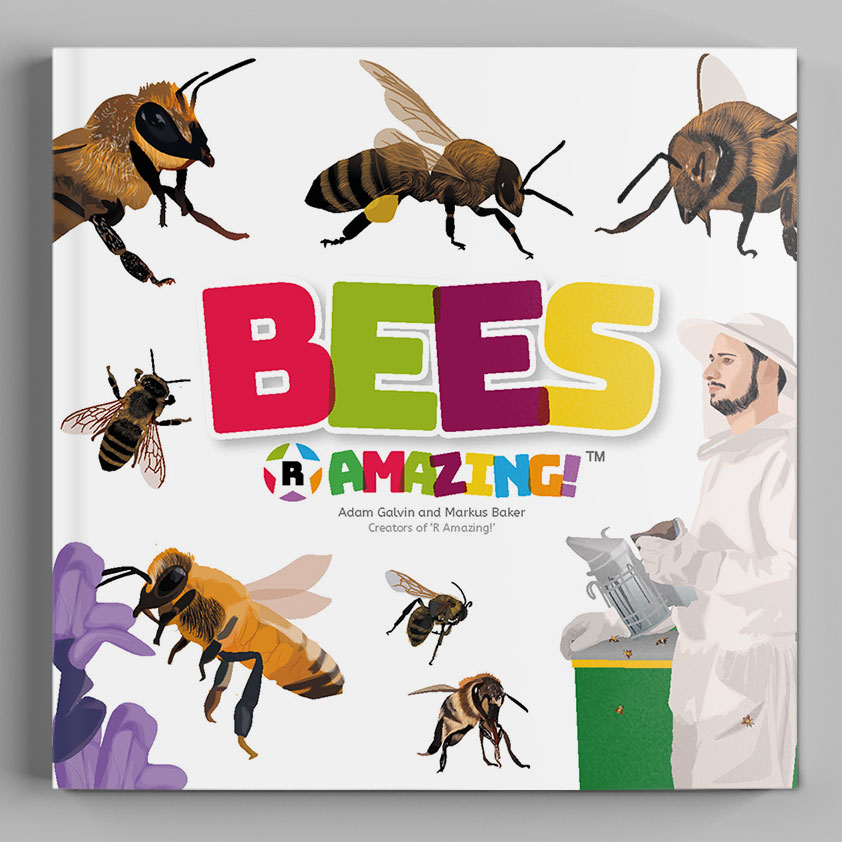
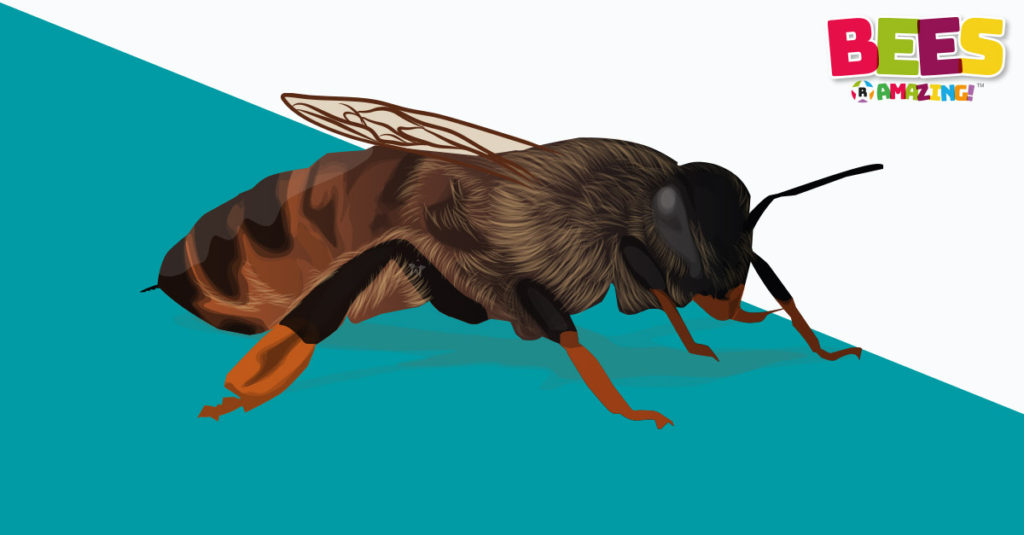
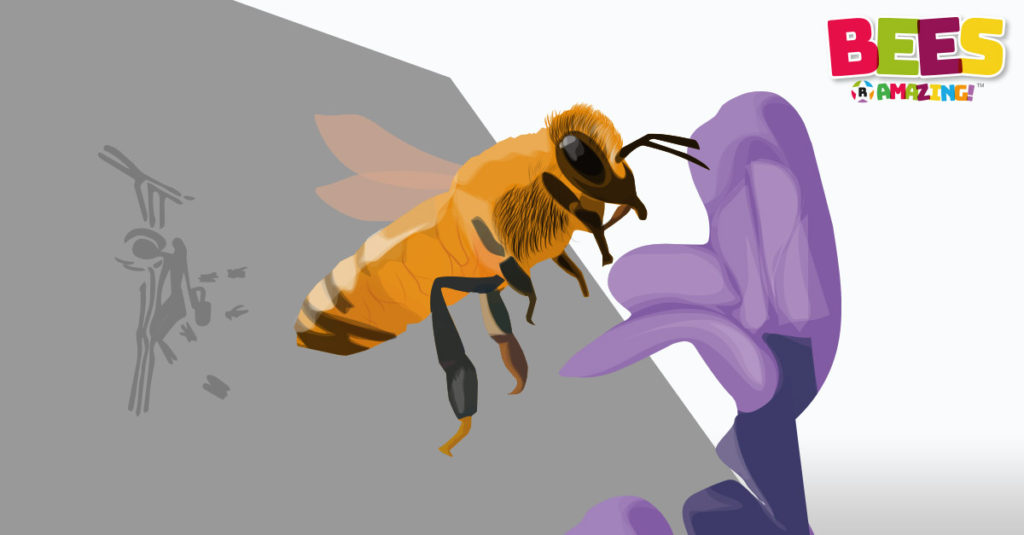
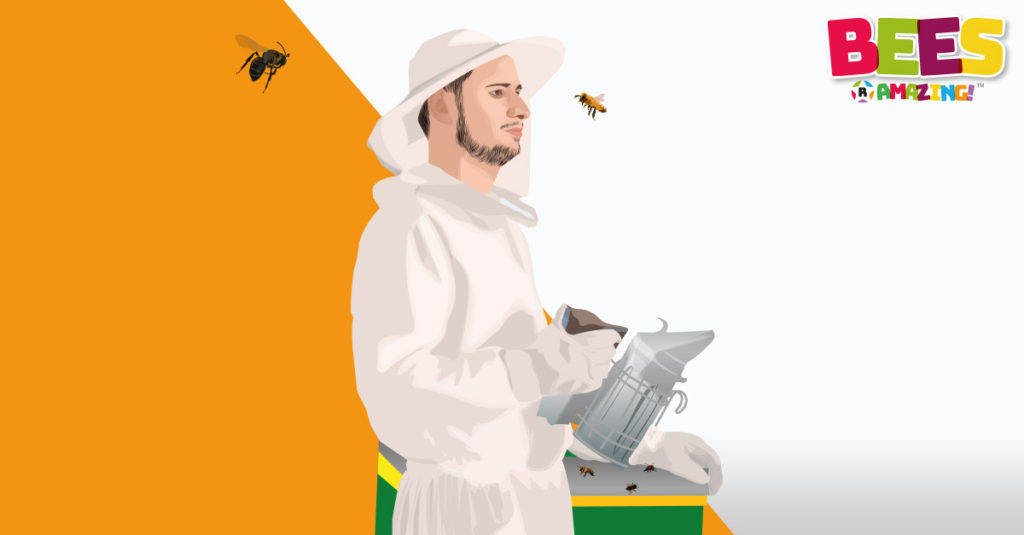
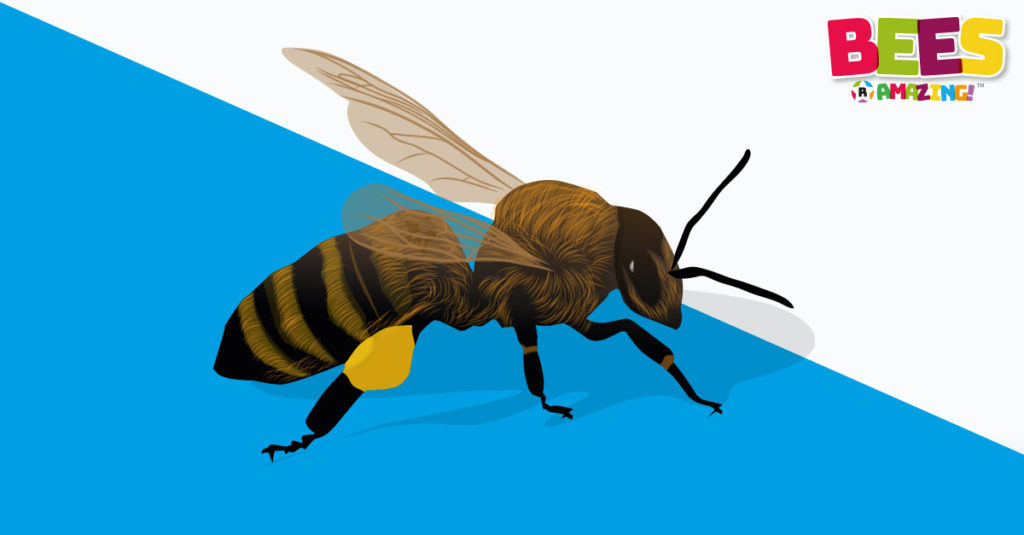
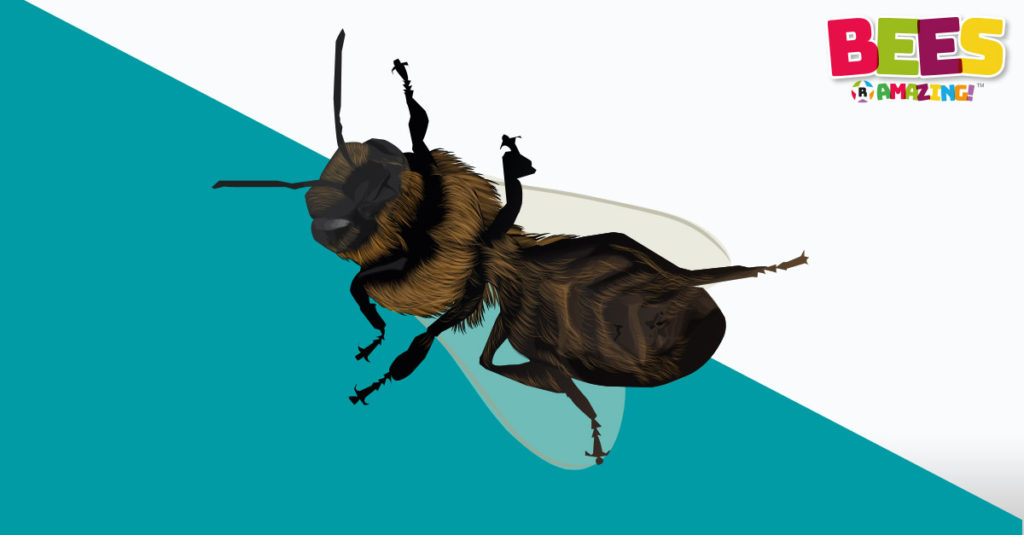
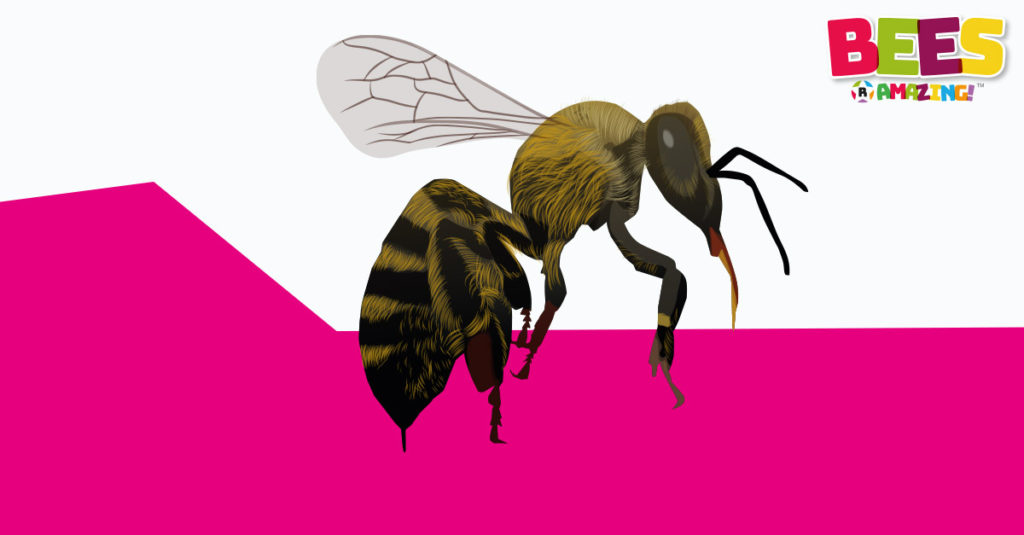
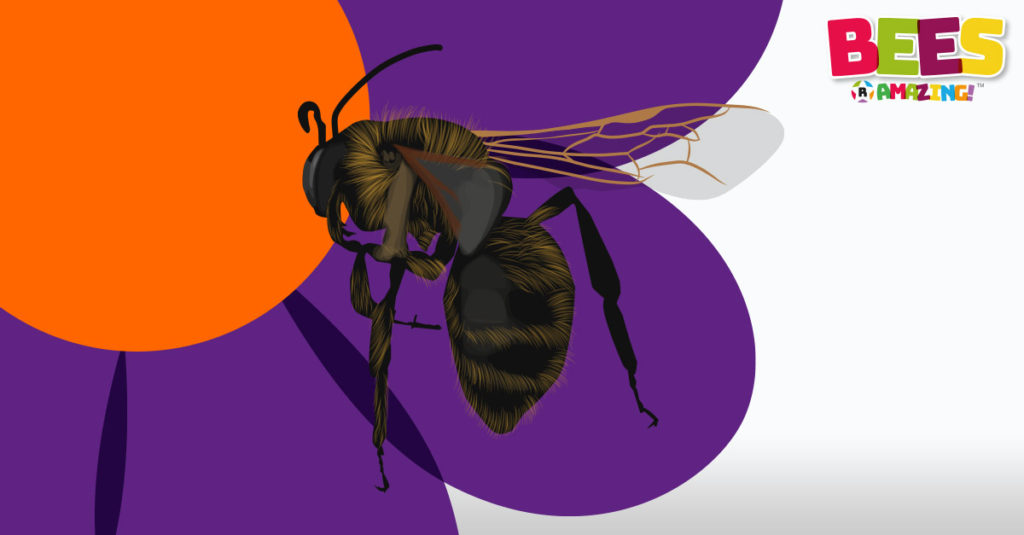
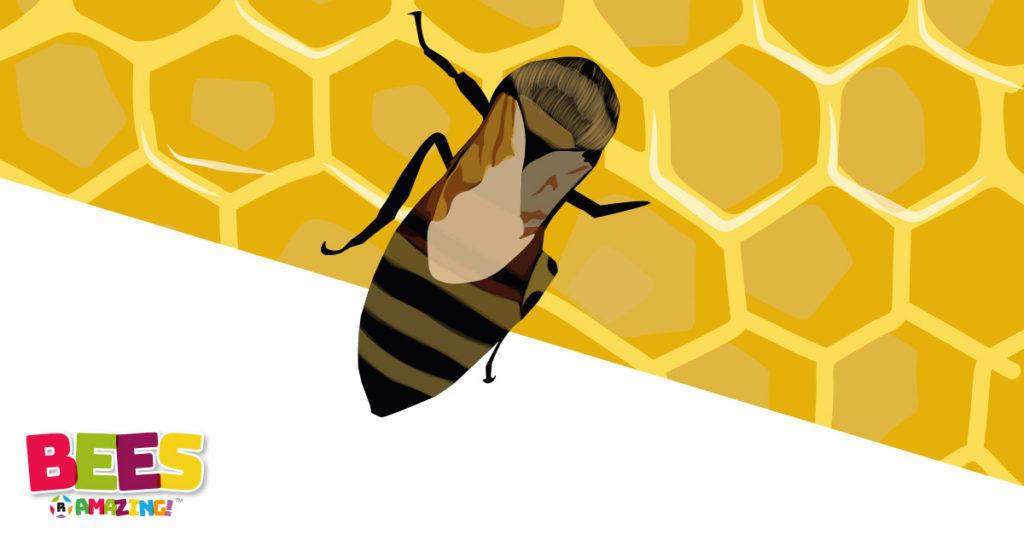
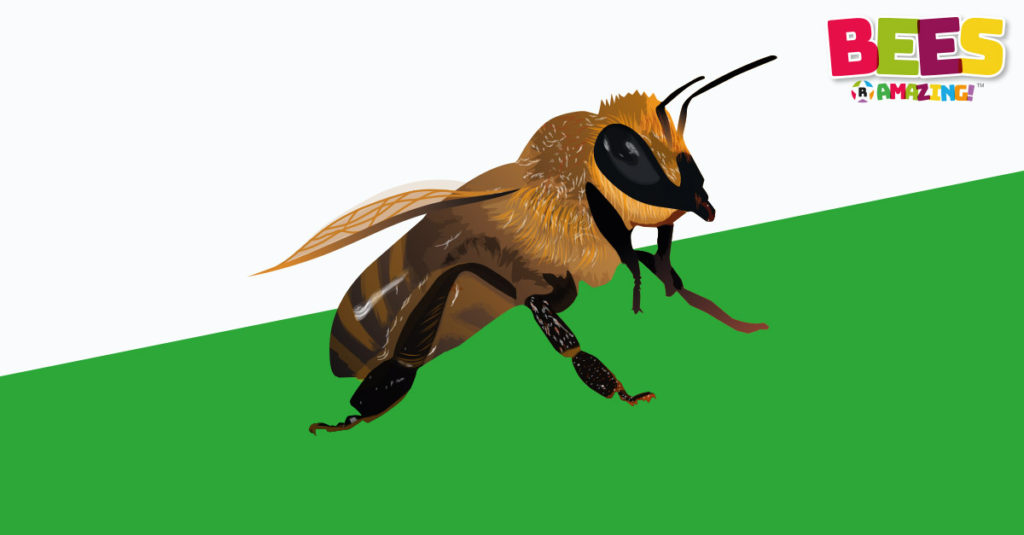
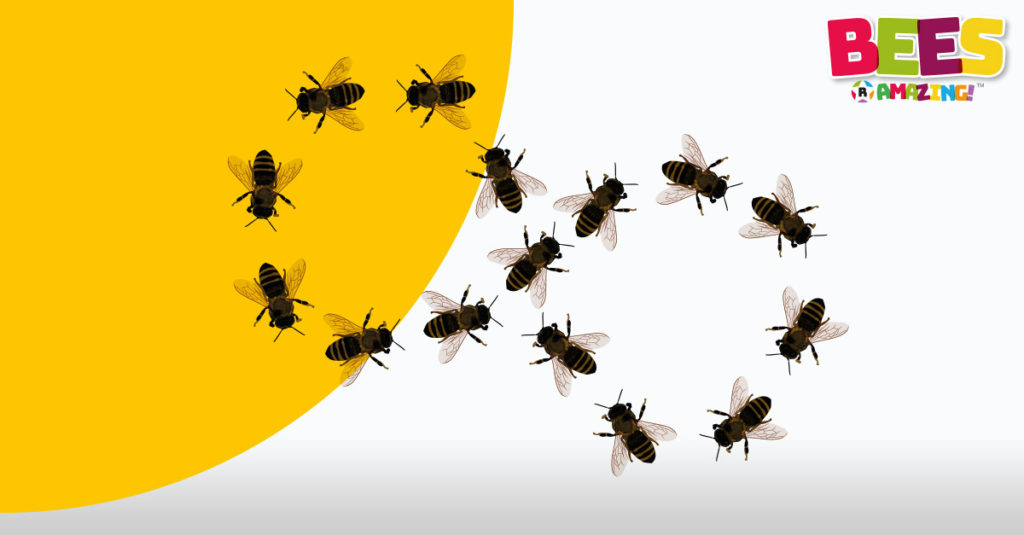
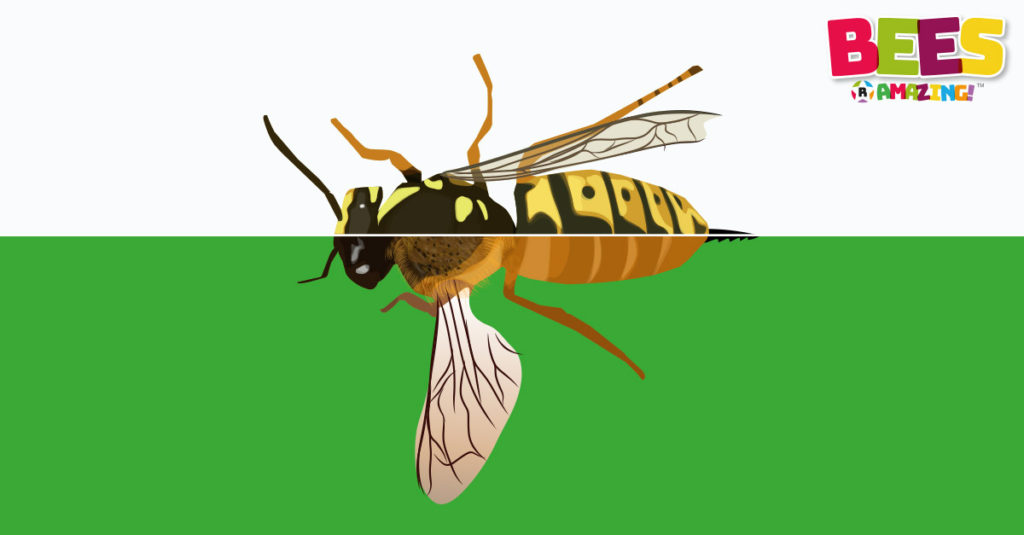

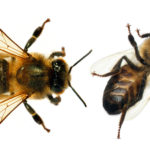


GIPHY App Key not set. Please check settings